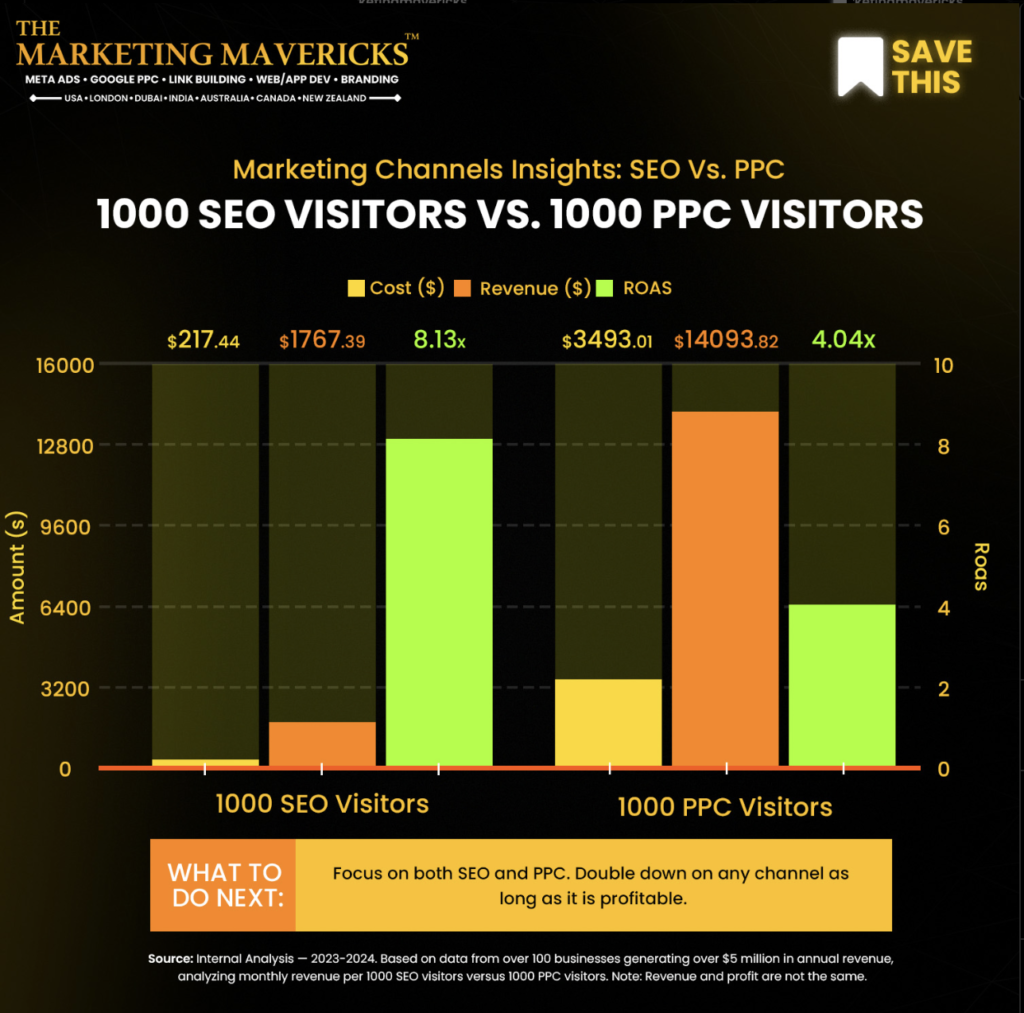As we step into 2025, the digital marketing landscape continues to evolve, with search engine optimization (SEO) and pay-per-click (PPC) advertising undergoing significant changes. Keeping up with the latest trends is essential for businesses aiming to maintain visibility, drive traffic, and maximize conversions. In this blog, we explore the top SEO and PPC trends for 2025 and how you can leverage them to stay ahead of the competition.
1. AI-Powered Search and Content Optimization
Artificial intelligence (AI) is playing an increasingly prominent role in search algorithms and advertising platforms. Google’s AI-powered Search Generative Experience (SGE) is transforming how search results are displayed, with AI-generated summaries appearing at the top of search engine results pages (SERPs). To ensure your website is referenced in these summaries:
- Focus on high-quality, informative, and well-structured content.
- Use relevant keywords naturally within your content.
- Optimize for user intent by answering common queries comprehensively.
- Implement structured data markup to enhance search visibility.
In PPC, AI is streamlining ad performance, audience targeting, and bid strategies. While automation may reduce manual control, it enhances efficiency and improves return on ad spend (ROAS).
2. Increased Focus on Automation and Machine Learning
Automation is revolutionizing both SEO and PPC, making digital marketing more data-driven and efficient. With machine learning algorithms becoming more sophisticated, businesses can:
- Automate keyword research and competitor analysis.
- Use AI-driven tools for backlink tracking and SEO reporting.
- Optimize PPC campaigns using automated bidding and audience segmentation.
- Conduct A/B testing at scale with AI-powered insights.
Popular platforms like SEMrush, Screaming Frog, and Google Ads leverage AI-driven automation to enhance performance tracking and campaign adjustments.
3. The Rise of Alternative Search Platforms
While Google remains the dominant search engine, users are diversifying how they find information. Businesses should consider optimizing for:
- Bing and DuckDuckGo: These search engines are gaining traction, offering less competition and better opportunities for visibility.
- Social media search: TikTok, YouTube, and Instagram are now popular search engines, especially for younger audiences.
- AI chatbots and conversational search: Tools like ChatGPT, Perplexity, and Google Gemini are becoming alternative search sources.
To stay ahead, ensure your content is optimized for these platforms and formats, incorporating short-form videos, engaging visuals, and interactive elements.
4. Video-First Content Strategy
The dominance of video content continues to grow, making it a crucial element of both SEO and PPC strategies. Video search optimization is key as platforms like YouTube and TikTok become go-to sources for information. To enhance visibility:
- Create engaging, informative, and short-form videos.
- Optimize video titles, descriptions, and transcripts with relevant keywords.
- Use YouTube SEO techniques, including hashtags and chapters.
- Incorporate videos into blog content to improve dwell time and engagement.
In PPC, video ads on platforms like YouTube and Instagram offer higher engagement and conversion rates than traditional text-based ads.
5. Voice Search and Conversational SEO
With the growing use of voice assistants like Alexa, Siri, and Google Assistant, voice search optimization is more important than ever. Businesses must adapt by:
- Using natural language and long-tail keywords.
- Optimizing content for question-based queries (e.g., “Where is the best coffee shop near me?”).
- Improving page speed and mobile-friendliness, as voice search users expect quick answers.
- Implementing structured data to provide direct answers in featured snippets.
6. Local SEO and Google Maps Optimization
Local SEO remains critical for businesses targeting nearby customers. Google My Business (GMB) optimization plays a key role in improving local rankings. To enhance your local SEO strategy:
- Keep NAP (Name, Address, Phone Number) consistent across directories.
- Encourage customer reviews and respond to them.
- Optimize your GMB profile with high-quality images, service descriptions, and business updates.
- Embed Google Maps on your website for better local search visibility.
7. Privacy-Focused Advertising and First-Party Data
As privacy regulations become stricter, marketers must shift towards first-party data collection. The phase-out of third-party cookies means businesses need to rely on:
- Email marketing and customer relationship management (CRM) systems.
- First-party audience targeting for PPC campaigns.
- Contextual advertising instead of behavior-based tracking.
- Consent-based data collection through website forms and loyalty programs.
8. Mobile-First and Core Web Vitals Optimization
Google’s mobile-first indexing prioritizes websites that deliver a seamless mobile experience. Core Web Vitals—focusing on loading speed, interactivity, and visual stability—continue to be ranking factors. To improve your website’s performance:
- Optimize images and reduce unnecessary scripts.
- Improve server response times and caching.
- Ensure a mobile-friendly design with fast-loading pages.

Final Thoughts
SEO and PPC in 2025 will be shaped by AI advancements, automation, alternative search platforms, and privacy changes. To stay ahead, businesses must prioritize high-quality content, video marketing, local SEO, and first-party data strategies. By adapting to these trends, you can maintain a competitive edge and drive sustainable growth in the digital landscape.
Are you ready to optimize your SEO and PPC strategies for 2025? Contact us today to stay ahead of the competition!






